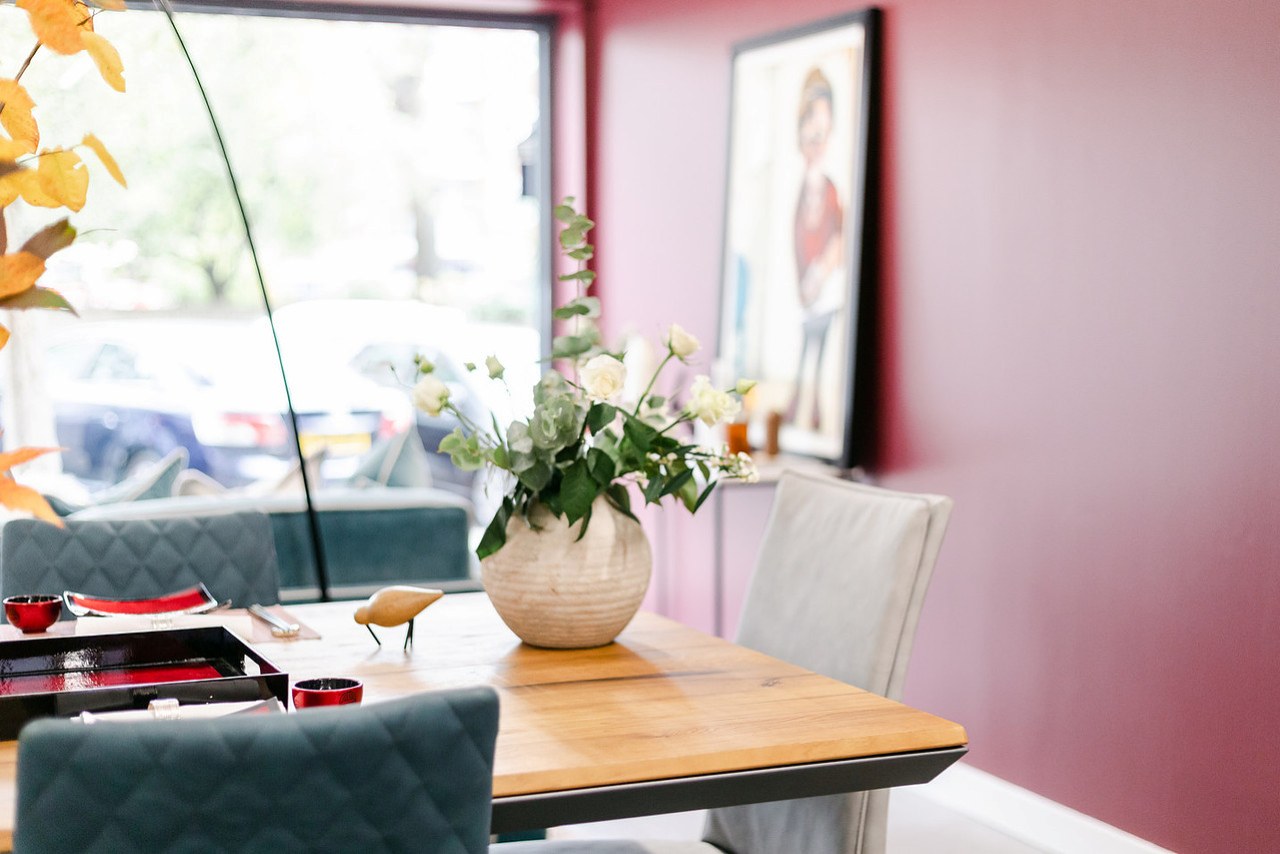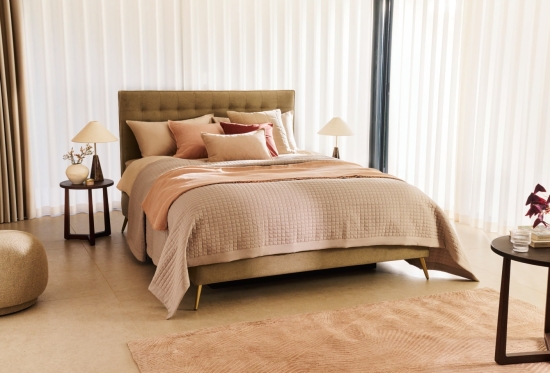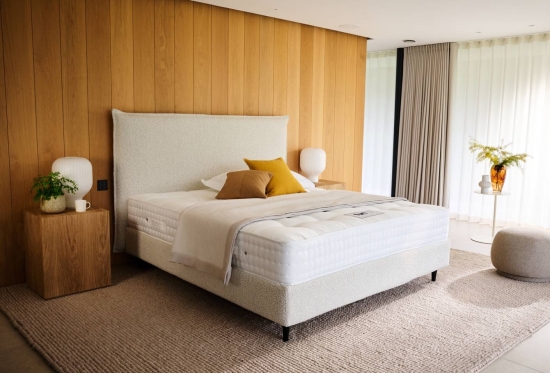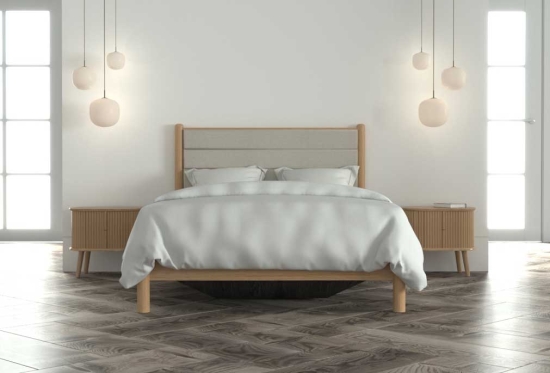There’s something quietly devastating about discovering a scratch on a table you love - especially if it's one you’ve invested in, one that anchors your room with purpose and beauty. Whether it’s a small surface scuff or something deeper (keys dropped in a hurry? rogue toy car? careless wine opener?), scratches have a way of catching the light - and your eye - far more than you’d like.
But here’s the good news: not all damage is permanent. And, in fact, most table scratches can be softened, disguised or even completely removed with a little know-how and the right approach. You don’t need a professional refinisher for most of these; just time, care, and a good understanding of what you're working with.












